- Temples converted into mosques by
invaders need to classified into four categories, evidence placed before Courts
and the truth made public. Post production of evidence what should be done is
what this photo feature explores.
Ever since lower courts issued survey orders, followed by SC temporary stay and RSS Chief Shri Bhagwat’s statement, the matter of Hindus re-claiming temples has caught attention. This article is triggered by a program I saw on channel News18 on December 23, 24 anchored by Anand Narasimhan. The panellists were Dr Ratan Sharda, Abhijit Mitra Iyer and Vinod Bansal. Earlier I saw a podcast where Smita Prakash spoke with lawyer J Sai
Deepak. Some of what I write is inspired by these
speakers.
Unfortunately, by being obstinate on
temples like Kashi and Mathura, Indian Muslims are repeating the mistakes they
made on Ram Mandir in the 1980s. Thus, earlier demand was restricted to three
major temples now many are seeking to expand the scope.
I am not in favour of returning all temples destroyed by invaders back to Indics. One needs a balanced approach. Let us classify temples under 4 categories –
1. Non-negotiable – Kashi Vishwanath and Krishna Janamstan Mathura. In Kashi parts of the mosque was built on the temple plinth that can be seen even today. Indian Muslims have to respect astha or faith.
2. Temples or Saraswati Mandir converted into mosques which hold value to Hindus for e.g. Rudra Shivalaya Sidhpur, Gujarat and Bhojshala in Dhar, MP (see pics below). For Hindus knowledge is very important. Read Why
Hindus give importance to education
3.
Temples converted into mosques where no Hindus worship today for e.g. Ada Din
ka Jhopda Ajmer, Mandu Mosques, Chisthi Dargarh Ajmer etc.
4.
Temples converted into mosques where Hindus continue to worship or they are of
great significance for e.g. Sambhal is
considered the birthplace of Kalki, a Vishnu avatar and it’s the Shri Hari Har Mandir just like the name of the Golden Temple is Hari Mandir.
5. Mosques
made next to Temples, disturb devotees through loudspeakers.
In category 2, the
Archaeological Survey of India (ASI) must conduct a survey, submit its
report/evidence to a designated court with option to appeal to the Supreme
Court (SC) who must in a time bound manner decide whether temple converted into
a mosque or not. If yes, Muslims must voluntarily handover it to Hindus.
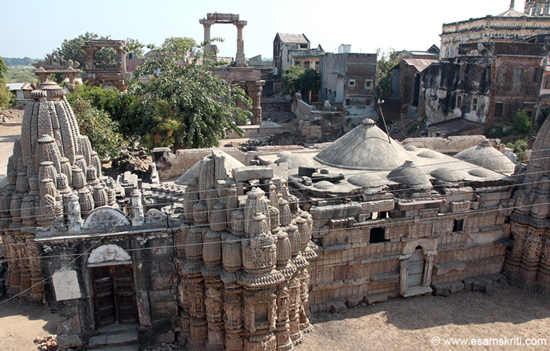 Rudra Shivalaya Temple Gujarat, that nearly became a mosque.
Rudra Shivalaya Temple Gujarat, that nearly became a mosque.
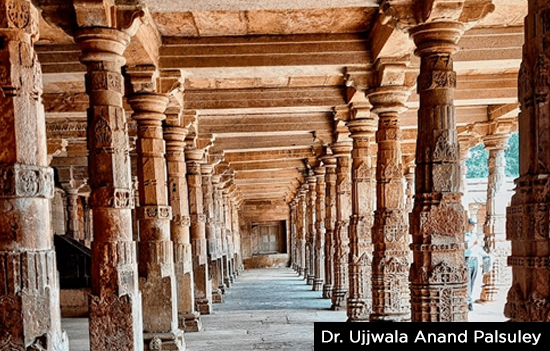 Columns in Bhojshala, Dhar, Madhya Pradesh
Columns in Bhojshala, Dhar, Madhya Pradesh
In category 3, the
ASI must conduct a survey, submit its report/evidence to a designated court
with option to appeal to the SC who is a time bound manner must decide whether
temple converted into a mosque or not. This applies to the Taj Mahal too.
If yes, the ASI must put a big board at
monument entrance saying this mosque is made from ruins of Hindu or Jain
temples. Just like a board is put at Qutub Minar Complex which states that
mosque made from temple ruins. Details of earlier temple and who made must be
provided. Read Qutub Minar
mosque built over ruins of Temples 1871-72 ASI report And Archaeologist K
K Mohammad says the same thing
On Adhai din ka jhopda, a 2007 article
in Tribune
Chandigarh said, “This mosque was a Sanskrit college in the 12th century.
The interior of the mosque
is more like a Hindu temple, with a main hall supported by numerous columns.
Three pillars are placed over each other while the roof is supported on square
bays. The columns are of an uncommon design, heavily decorated and quite similar to Hindu and Jain rock temples. Their bases are large and bulbous, tapering as they gain height. Although the original pillars and the roof of the pre-Muslim structure were allowed to remain, many of the original carvings were defaced by the conquerors.”
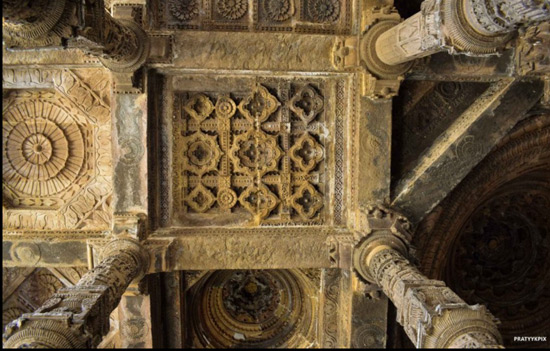 Hall supported by numerous columns in Ajmer mosque.
Hall supported by numerous columns in Ajmer mosque.
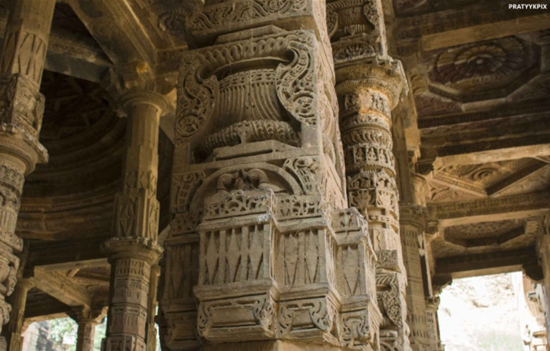 Close up of column in Ajmer mosque– Anything Islamic about it. Design resembles Kiradu Temple, Rajasthan.
Close up of column in Ajmer mosque– Anything Islamic about it. Design resembles Kiradu Temple, Rajasthan.
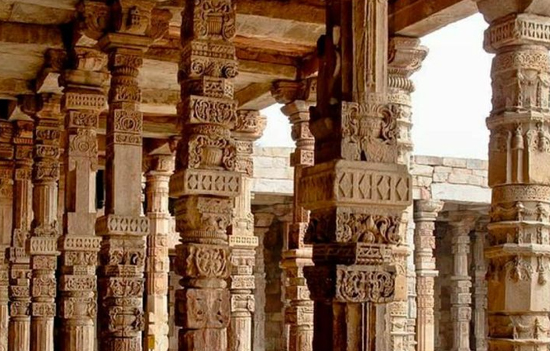 Column design in Qutub Minar Mosque Complex seem very Hindu.
Column design in Qutub Minar Mosque Complex seem very Hindu.
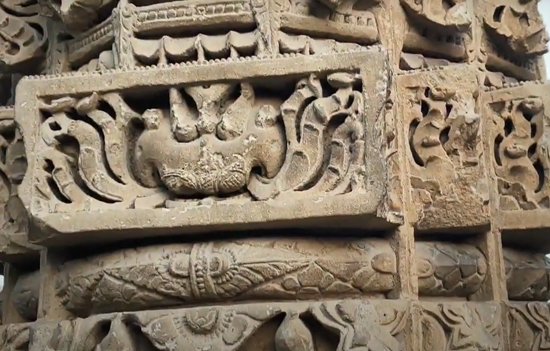 Close up of column in Qutub Minar Mosque complex. U see Kirti Mukha i.e. found in Hindu and Jain temples.
Close up of column in Qutub Minar Mosque complex. U see Kirti Mukha i.e. found in Hindu and Jain temples.
 This is Somvati Kund. Behind it is Darya Khan Tomb.
This is Somvati Kund. Behind it is Darya Khan Tomb.
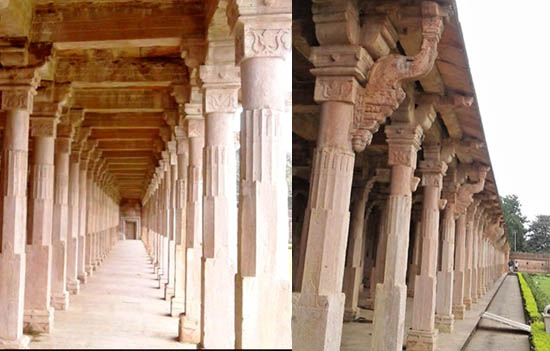 Hall to the West of Hoshang Shah Tomb in Mandu. Pic by local photographer
Hall to the West of Hoshang Shah Tomb in Mandu. Pic by local photographer
To the west of the tomb is a “colonnade with 3 rows of pillars dividing its depth of 7.6m into 3 aisles. You see the predominant influence of Hindu architecture in the designs of pillars & brackets & the arrangement of the flat roof supported on lintels”. “When Lohani caves were cleared they yielded some 80 sculpture or carvings now kept in the local museum in the Dharmasala attached to Hoshang’s tomb”. There are more similar instances of Hindu monuments in Mandu.
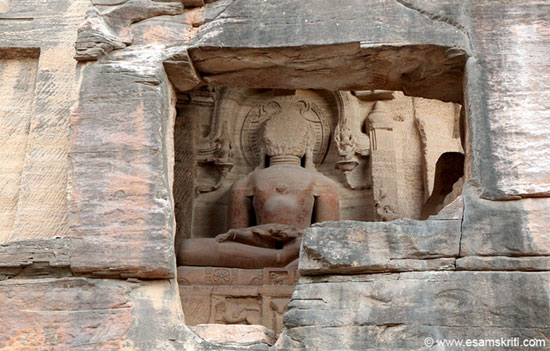 Rock Cut Jain Images, Urwai Gate, Gwalior Fort, MP. This is under ASI control.
Rock Cut Jain Images, Urwai Gate, Gwalior Fort, MP. This is under ASI control.
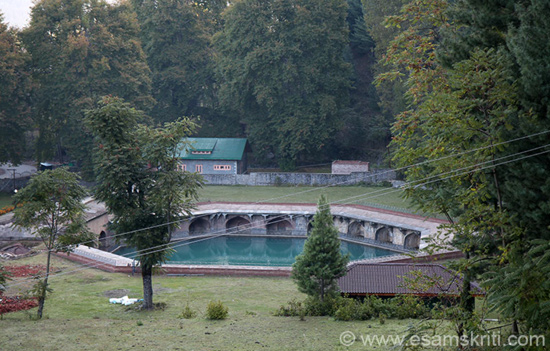 Kund at Verinag, source of Jhelum. Shiv Temple Verinag, Kashmir.
Kund at Verinag, source of Jhelum. Shiv Temple Verinag, Kashmir.
In category 4, the
ASI must conduct a survey, submit its report/evidence to a designated court
with an option to appeal to the SC who must in a time bound manner decide whether
temple converted into a mosque or not. The Sambhal Temple falls in this
category. In such cases Muslims should voluntarily handover temple to Hindus.
Claims under categories 2 to 4 need to
be made within a pre-determined period say 18 months from the date of notification.
Designated Court and SC must pass order within 12 months. Judges need to be
assisted by historians from all sides. The court can dismiss frivolous petitions
esp. those without evidence.
This will put a closure to mosque
surveys and repeated claims of temples below mosques.
If this approach has to work, it has to
be based on evidence not on emotion or ego. Indian
Muslims need to stop seeing them as descendants of Muslim/Mughal Rulers and
must seeing the condition of Pakistan and Bangladesh, thank their forefathers
for choosing to stay in India. At the same time, Hindus must accept the SC
verdict even if it goes against them. When in their favour there is no need to
rejoice. Instead quietly restore the monument to its original state.
Category five
causes a lot of social disturbance today. Mosque loudspeakers share prayers
five times a day, disturbing all residents, at volumes that are in excess of
those permitted by law. Read 2005
SC order on Loudspeakers
Police will take action when they have political
support. Some like Devendra Fadnavis were honest enough to say, years ago, that
reducing volumes could lead to a law and order problem.
Mosques who do not adhere to the SC
order on loudspeaker volumes are guilty of contempt of court. Since all are
apprehensive of and wish to avoid violence who is going to speak up.
The problem becomes acute when mosques
are next to prominent Indic places of worship.
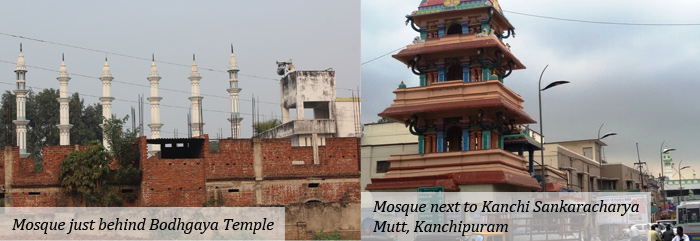 Next to Kanchi Mutt is a mosque. Sharing walls with the Bodh Gaya Temple is a mosque. Nos of loudspeakers.
Next to Kanchi Mutt is a mosque. Sharing walls with the Bodh Gaya Temple is a mosque. Nos of loudspeakers.
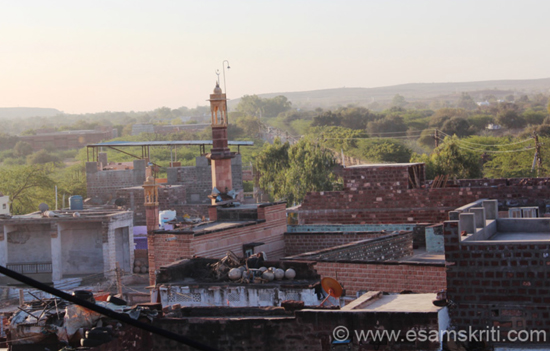 Mosque next to Sachiya Mata Mandir, Osian, Rajasthan.
Mosque next to Sachiya Mata Mandir, Osian, Rajasthan.
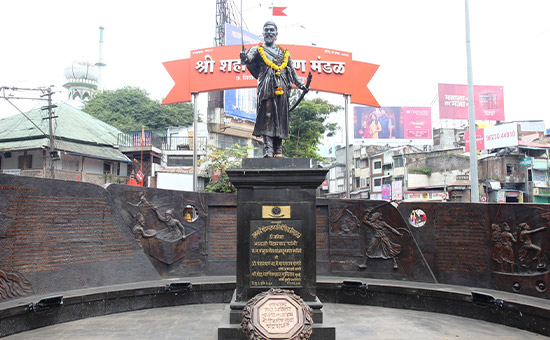 Mosque at Shivaji Chowk behind statue at Kolhapur, Maharashtra.
Mosque at Shivaji Chowk behind statue at Kolhapur, Maharashtra.
These are only a few instances of the many across India.
Dargahs coming up on footpaths, roads and public or private owned land is a source of friction. Indian Muslims must get the community to stop
this.
Courts and people of India
must realize that following the law and maintaining peace is not the
responsibility of Hindus alone.
Unless
India reclaims its Bharatiya Heritage, this wounded civilization shall fail to
realize potential.
To
see albums
1. Rudra Mahalaya,
Sidhpur
2. Adha-din-ka-jhopda,
Ajmer
3. Mandav / Mandu
in Madhya Pradesh
Also
read
1. A Reconstruction
of Temple Destruction in India
2. A list of Hindu temples destroyed where Masjids and Dargahs stand now – Sitaram Goel
3. Meenakshi
Jain. Flight of Deities and Rebirth of Temples: Episodes from Indian
History.
4. How Hindus saved
Idols and Rebuilt Temples
5. Pre-Sultanate
History of Qutub Complex
6. We cannot dwell
in the past, but can we afford to ignore it
7. How
Azaan is increasing Hindu Muslim divide
8. Why
are Hindus protesting against Namaz on vacant land in Gurgaon
9. Re-examining History – Making of the Taj
10. Temples of
Kashmir you may not know
Some pics are courtesy this video by The Travel Bird and Rohit